Peter I, the Great
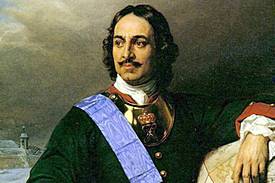
Born: Moscow - 30 May (9 June) 1672
Died: St. Petersburg - 28 January (8 February) 1725
Reigned: 1682-1725 (1682-1696 as co-regent with his half-brother Ivan)
Peter the Great's significance in Russian history is difficult to overestimate. Books about the "Tsar Reformer" continue to be written to this day, and we will hardly be able to describe here all of his many accomplishments and achievements. Peter the Great (whom the Russians generally call Peter I - Pyotr Pervy) is beloved in Russia, and all the more so in St. Petersburg, where he is rightfully lauded as the Founder of the City, and honored with numerous memorials.
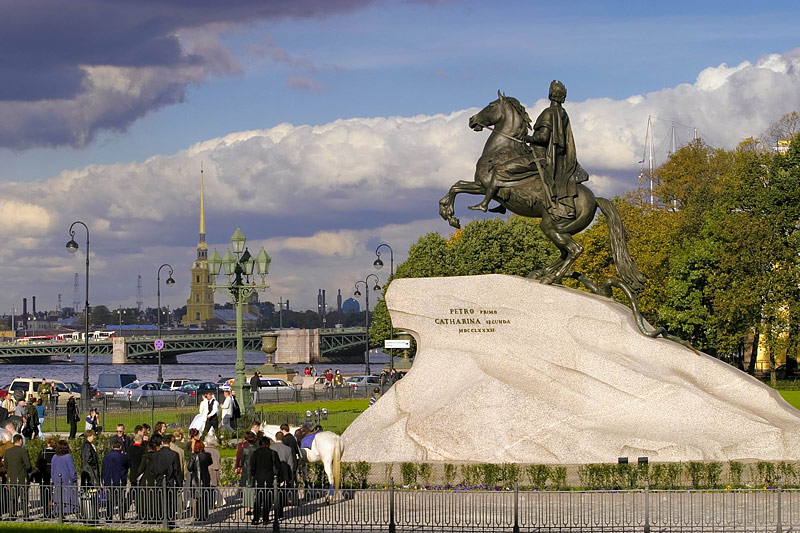
Peter the Great was the youngest son of Alexey I and his second wife, Natalya Naryshkina. Alexey was succeeded by the invalid Fyodor III, Peter's eldest half-brother, who lasted on the throne only six years and died without surviving issue. Although only ten years old, Peter was chosen by the Boyar Duma as heir over his other half-brother, Ivan, as the latter suffered chronic physical and mental disabilities. Ivan's sister, Sofia Alekseyevna, and her relatives in the Miloslavsky family were dissatisfied with the arrangement, however, and with the support of the elite Streltsy Guard fomented the Moscow Uprising. In the subsequent rioting and violence, Peter witnessed the slaughter of several members of his family, including two of his uncles at the hand of the Streltsy. The result of the uprising was that Sofia became regent and Ivan was crowned Ivan V, sharing the throne as a senior partner with Peter.
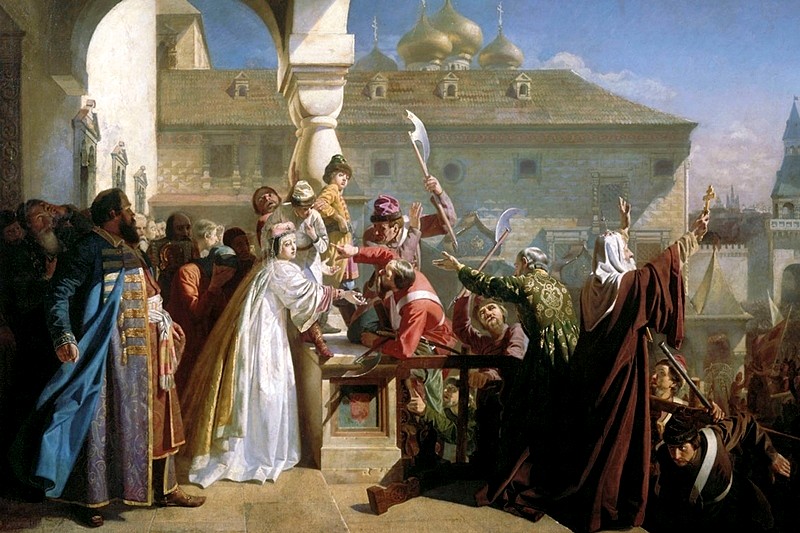
Peter never forgot these bloody events and many historians believe that his complex, brusque but also energetic and decisive character was shaped by these childhood experiences. Peter spent his childhood and early youth in the village of Preobrazhenskoe, not far from Moscow, where he lived with his mother, organized "mock" regiments , learned to sail on sailboats, and only rarely traveled to Moscow for official ceremonies. In 1689, at the age of seventeen, Peter successfully removed Sofia from power, and at the urging of his mother married Eudoxia Lopykhina. The marriage was not a happy one: neither Eudoxia or their son Alexey shared Peter's interests. Many years later, Alexey was arrested, charged with treason, and died in the Peter and Paul Fortress under mysterious circumstances, while Eudoxia was divorced by Peter in 1712 and then forced to enter a convent. In the same year, Peter married Marta Skavronskaya, the future Empress Catherine I.
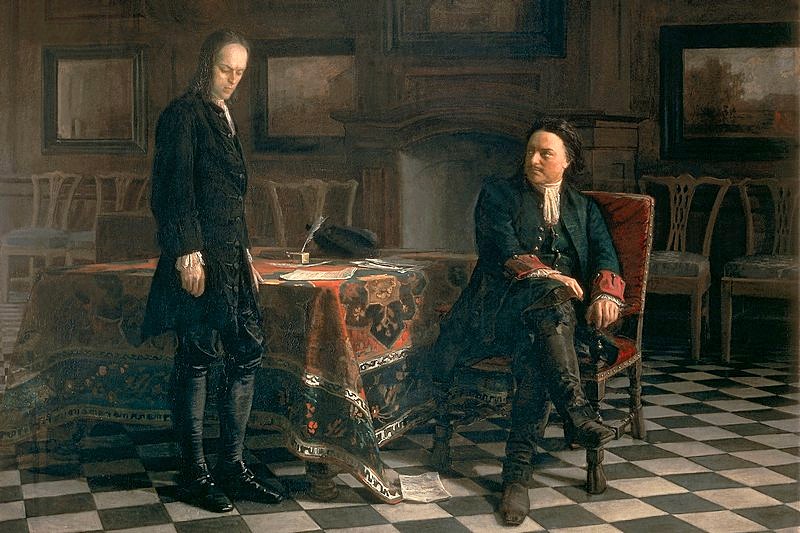
Peter was the first Russian monarch to receive an education both in Russia and abroad. Even as a boy, the youngest son of Tsar Alexey was naturally curious and drawn to learning, and he received his education not only from palace tutors, but also in German Town, a district of Moscow where many enlightened foreigners lived. There young Peter became interested in the latest developments in science and technology as well as natural science, which until this point had never caught the attention of Russian Tsars.
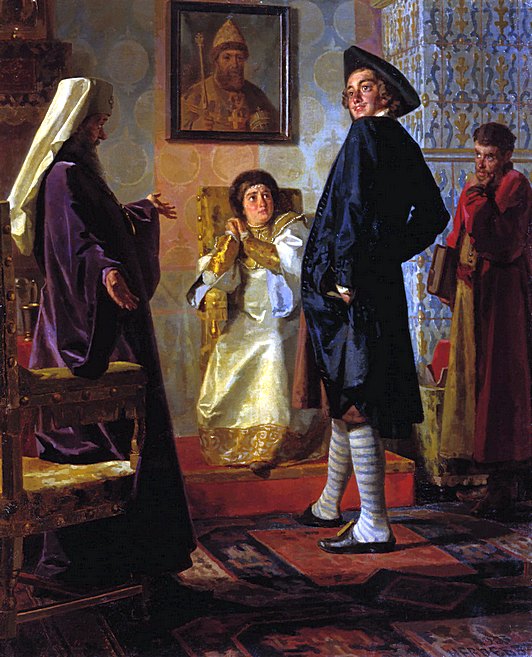
Setting off to Europe in 1696 on the so-called Grand Embassy (a large Russian delegation whose purpose was to find allies for the war with Turkey), Peter travelled incognito under the pseudonym of Pyotr Mikhailov. In Prussia, the Tsar studied artillery and received a certificate as a firearms master, and in Holland he learned the craft of shipbuilding by working at the bustling Dutch docks. Then he set off to England to study the latest advances in shipbuilding and industry. In London, the young Tsar visited the Houses of Parliament, and was quite displeased with what he heard as he listened to a session of the House of Commons through an "auditory window": this autocratic Russian monarch could not understand how the common folk could dare to publicly discuss and criticize the policies of their sovereign. As he travelled about Europe, Peter visited factories and libraries, listened to lectures at universities, and caroused with comrades, but this educational and entertaining voyage was cut short after 18 months by news of a Streltsy revolt in Moscow. For the rest of his life, Peter the Great retained his love of knowledge, new technology, and of learned people, as is evidenced by his personal belongings, library and the interiors of his palaces.
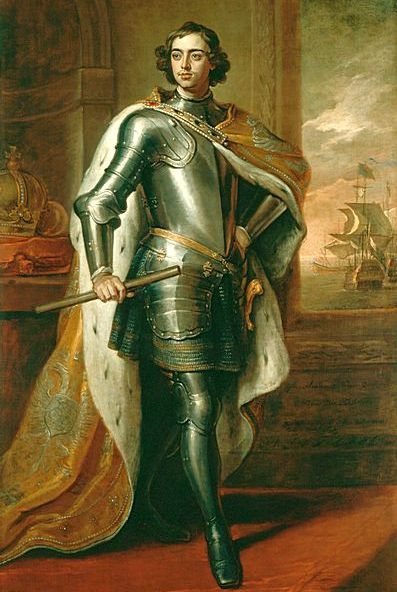
Many volumes have been written about the reforms undertaken in Russia on the initiative of Peter the Great, and discussion about them continues to this day. Some believe that these reforms allowed Russia (and thereafter the Russian Empire) to attain status as one of the leading powers in Europe. Others lament the loss of the unique cultural and spiritual traditions that had existed in Russia in the pre-Petrine period. Peter the Great introduced the Julian calendar in Russia with its celebration of the New Year on 1 January, and the tradition of decorating Christmas trees. He also forced the upper classes to dress in a European style and to shave their mustaches and beards. In order to create his own pool of broadly educated experts, Peter sent young noblemen to study abroad at the state's expense and personally kept track of their progress.
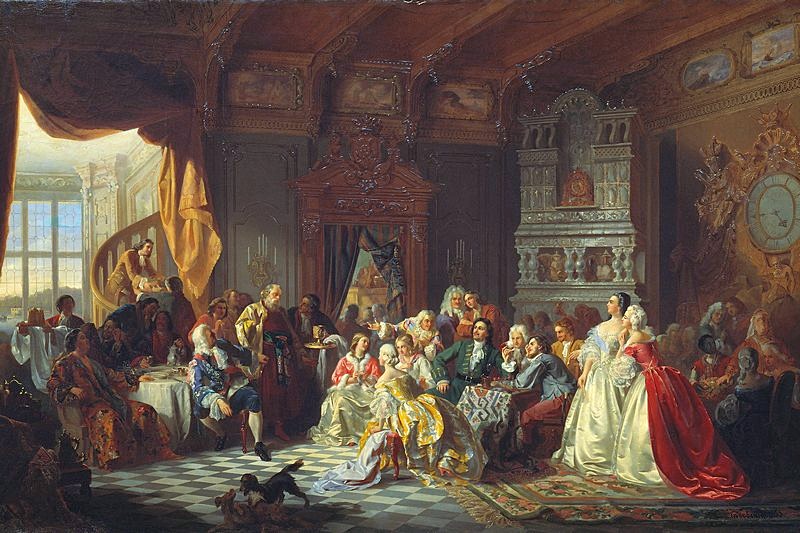
Peter the Great founded the Russian navy and formed a regular army based on compulsory military service for all nobles and on recruitments from the peasantry and regular citizens (communities delegated a specific number of young men to army service). Foreigners familiar with the newest developments in military science were actively sought for positions as senior officers and generals, and the Tsar diligently recruited Russian experts in all fields, including shipbuilding, military affairs, the sciences, and the arts. Starting with Peter, for the next two centuries, one of the duties of Russian ambassadors serving abroad was to recruit foreign specialists to work in Russia.
Peter the Great created a system of civil service in Russia by introducing the Table of Ranks: a document defining the classification of all military, naval, court and civilian officials into fourteen classes, from fourteen as the lowest up to the first. The Table of Ranks was designed to create a "social elevator" for hardworking military and government officials and to reduce the abuse of appointments and promotions in service.
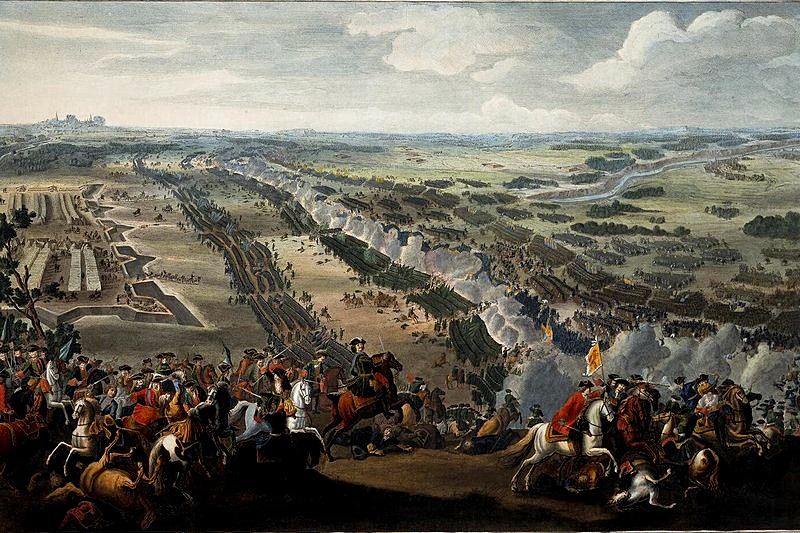
The Northern War with Sweden (1700-1721) finally brought Peter access to the Baltic Sea and the trading possibilities in the region, and in 1703, the city of St. Petersburg was founded. In 1712, Petersburg was made the capital of Russia, and in 1721 Russia was declared an Empire, with Peter assuming the title of the Emperor of All Russia.
Peter the Great died in St. Petersburg in early 1724 in his small Winter Palace on the banks of the Winter Canal. He was the first Tsar to be buried in the Imperial crypt in the Peter and Paul Cathedral.

